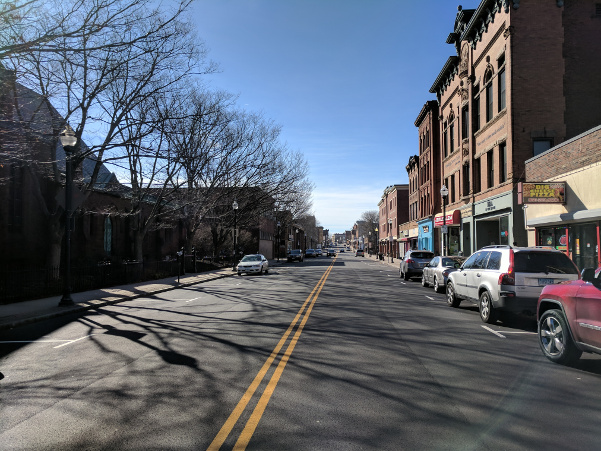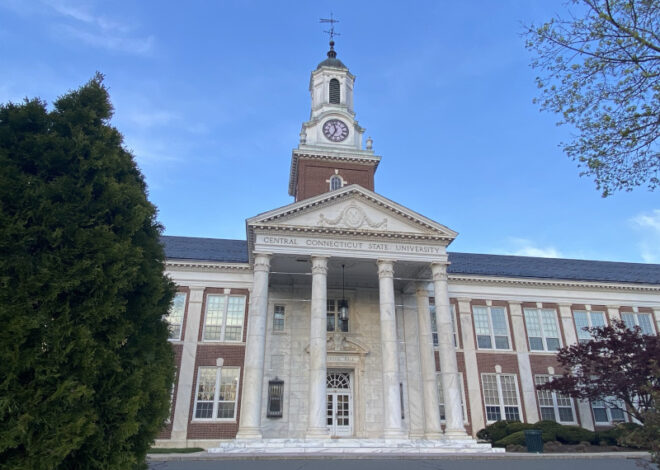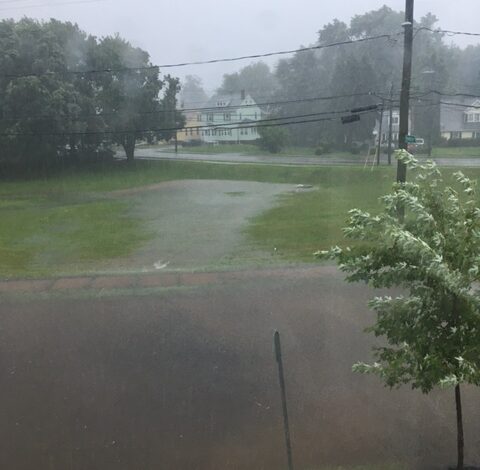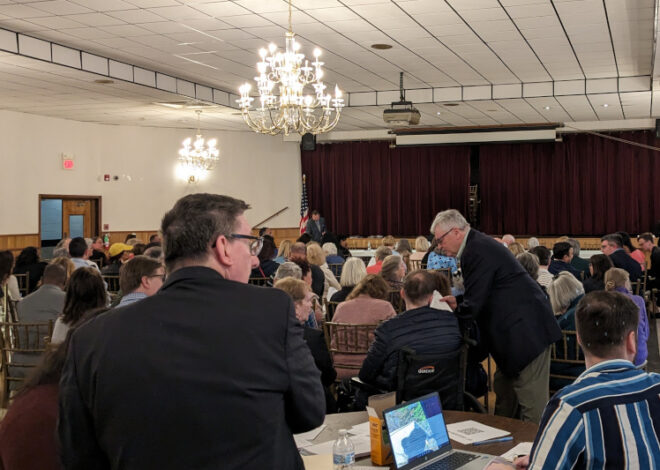
Speedbumps and Speedhumps Work – Will New Britain make residents’ Safety a priority?
What’s missing in this policy declaration is whether the measures that the city has been taking to increase road safety worked. According to Jacobs& Jacobs law firm study New Britain ranks 6th in Connecticut in the number of car crashes over the past 4 years with 189 crashes. In addition, New Britain’s Downtown Main Street zone was ranked 18th among the highest crash risk index zones. Locally, based on numerous residents’ complaints and petitions over accidents over the years, it appears that city’s measures are not working. Typical measures the city takes is conducting traffic study and then installing speed limit signs, placing occasional speed trailers, and conducting random speed enforcements.
What does the research say about the effectiveness of speed bumps and humps? According to the Federal Highway Administration website “Studies show speed humps can be effective at reducing speeds by nearly 10 mph.” For example, one study found “children who lived within a block of a speed hump had significantly lower odds of being struck and injured by an automobile in their neighborhood.” Another study by St Jose University researchers found a decrease of 17% of vehicle speed in streets using speed bumps and humps and 87% (!) average decrease in accidents. Furthermore, there were no increase in speeding and accidents in adjacent streets.
In Connecticut an increasing number of municipalities are using speedbumps and speedhumps. For example, in 2020, according to the Norwalk Hour, Bridgeport added three speedhumps locations. In Harford, Frank Dellaripa, the city of Hartford’s chief engineer, indicated in an email interview that “speed humps are an effective method to reduce vehicular speeding on neighborhood streets, they do work.” He also noted that “we have seen a decline in both accidents and pedestrian issues.” Furthermore, Mr. Dellaripa affirmed that that the “City Council is 100% behind installing traffic calming measures so we see their support through budgeting for speed humps.”
Will the city of New Britain reconsider its policy banning speedbumps and speedhumps and make the safety of its residents a priority?
Citations
https://highways.dot.gov/safety/speed-management/speed-management-countermeasures-more-just-speed-humps#:~:text=Some%20examples%20include%3A,speeds%20by%20nearly%2010%20mph
https://www.ncbi.nlm.nih.gov/pmc/articles/PMC1448312/
https://www.jacobs-jacobs.com/about-our-firm/
https://www.thehour.com/news/article/Bridgeport-to-add-speed-bumps-15796026.php



